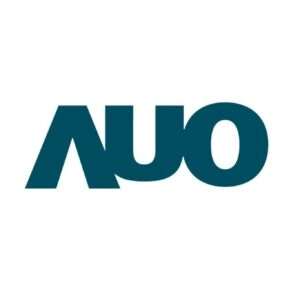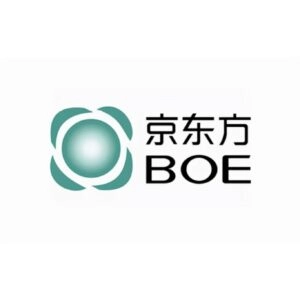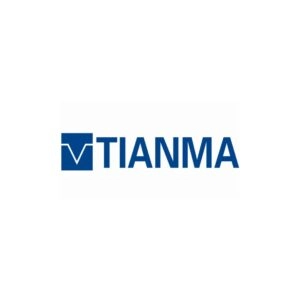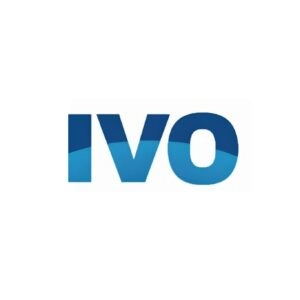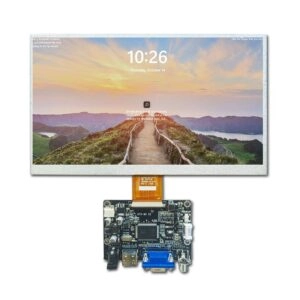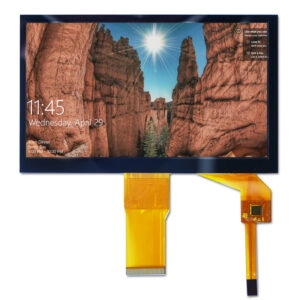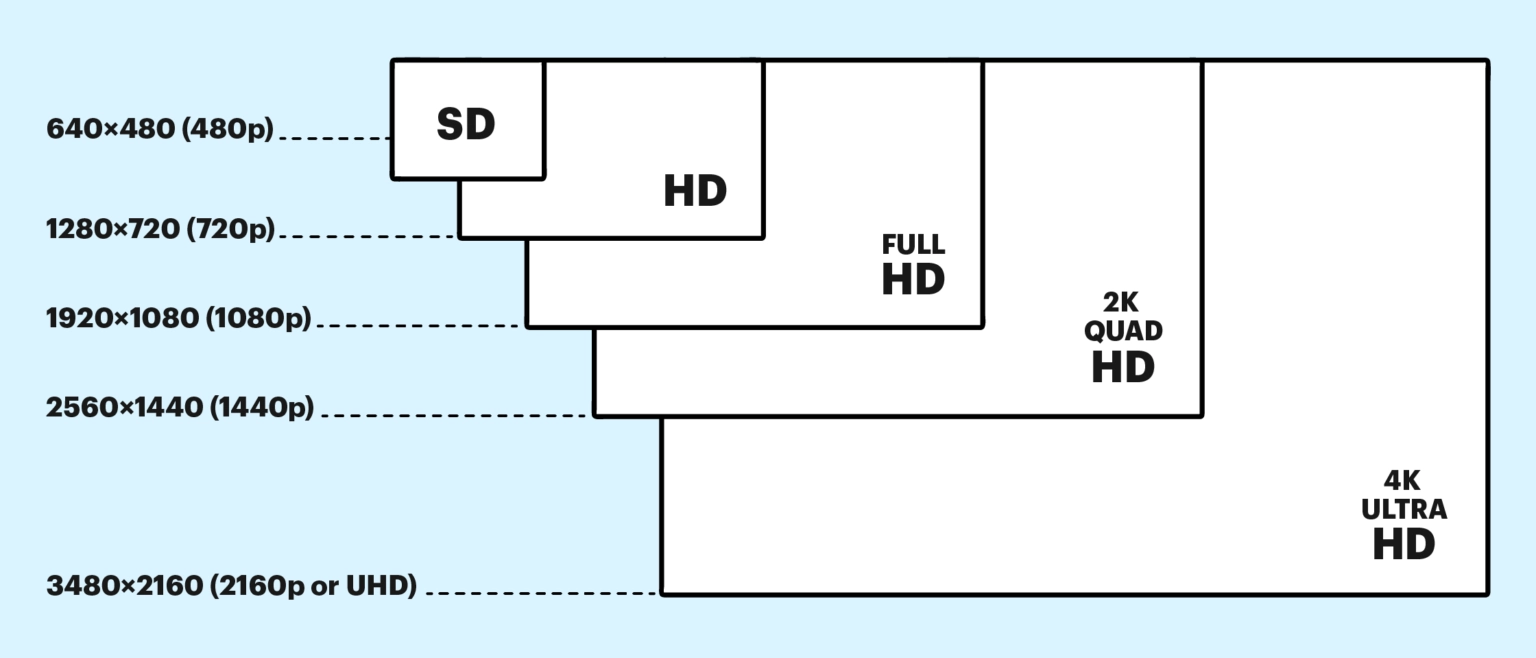Definition of Screen Resolution
Screen resolution is a big factor in how clear a picture looks on a screen. It shows how many tiny dots, called pixels, make up the image. These dots go side to side and up and down. For example, a resolution of 1920 x 1080 means 1920 pixels across and 1080 pixels tall. That’s over two million pixels, making the image sharp and detailed.
The quality of an LCD screen depends a lot on its resolution. Higher resolution means more details can show up. This is super important for tasks needing clear and exact visuals.
How is the Screen Resolution Expressed?

Screen resolution is always shown as two numbers. One is for pixels across (width). The other is for pixels up and down (height). Some common ones are:
- 1280 x 720 (HD)
- 1920 x 1080 (Full HD)
- 2560 x 1440 (2K)
- 3840 x 2160 (4K UHD)
- 7680 x 4320 (8K UHD)
These short names make it easy to know the rough resolution. But the exact pixel count is always two numbers. Higher resolution gives sharper images. But it also needs stronger hardware.
Screen Proportions
Screen aspect ratio is the balance between the screen’s width and height. Common ratios include:
- 4:3: An older, boxy shape used in old CRT monitors.
- 16:9: The usual choice for TVs and monitors, great for videos.
- 16:10: Liked by computer users for a bit more vertical room.
- 21:9: Super wide for movie-like displays or gaming setups.
Each aspect ratio has its own use. For example, 16:9 is awesome for watching movies. A 21:9 screen is great for doing many tasks at once or diving into games.
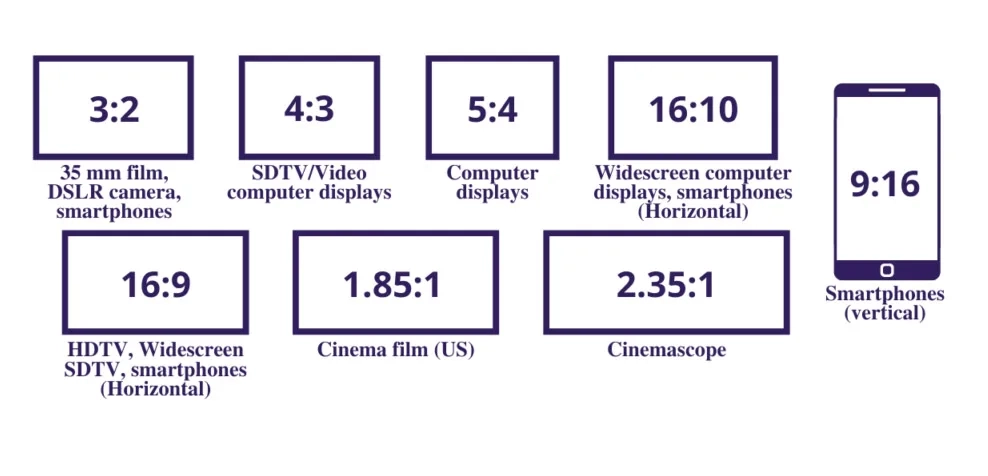
Resolution Table
This table lists common resolutions, their uses, and aspect ratios:
| Name | Résolution | Pixels | Application | Rapport d'aspect |
| QVGA | 320 x 240 | 76,800 | Older mobile devices | 4:3 |
| WVGA | 800 x 480 | 384,000 | Mobile devices, netbooks | 5:3 |
| SVGA | 800 x 600 | 480,000 | Older monitors | 4:3 |
| XGA | 1024 x 768 | 786,432 | Office monitors | 4:3 |
| SXGA | 1280 x 1024 | 1,310,720 | Office monitors | 5:4 |
| WXGA | 1366 x 768 | 1,049,088 | Laptops, TVs | 16:9 |
| Full HD | 1920 x 1080 | 2,073,600 | Televisions, monitors, laptops | 16:9 |
| WUXGA | 1920 x 1200 | 2,304,000 | Professional monitors | 16:10 |
| 2K | 2560 x 1440 | 3,686,400 | Gaming, professional monitors | 16:9 |
| 4K (Ultra HD) | 3840 x 2160 | 8,294,400 | Televisions, professional monitors | 16:9 |
What is the resolution of WQVGA? WQVGA stands for Wide Quarter VGA. It’s usually around 400 x 240 pixels. It’s used in mobile devices.
Image Scaling vs. Resolution
When content doesn’t match a screen’s native resolution, scaling happens. For example, a 720p (HD) movie on a 4K TV needs scaling to fit the 4K resolution.
Scaling adds fake pixels through a process called interpolation. This can make the image less clear if not done well. For the best clarity, content should match or be close to the screen’s native resolution.
Home Applications
For home use, pick a screen with at least Full HD resolution. Full HD gives clear visuals for movies and streaming.
A 4K UHD TV is often the best pick for living rooms. It offers great detail and is ready for future content.
Gamers like 1440p or higher for exciting visuals. Many gaming monitors now have high refresh rates at QHD or UHD resolutions.
Professional Applications
In work settings like graphic design or video editing, high resolutions are a must. A 4K UHD or even 8K monitor is often the best choice for handling detailed content accurately.
Big screens in meeting rooms or digital signs often need 4K or higher to stay clear from far away.
Miqidisplay LCD Monitors are slimmer and use less power than old CRT displays. They’re great for pro uses like industrial machine interfaces or A/V systems.
Resolutions in Industrial Applications
Industrial settings need tough displays that work in harsh conditions while staying clear. Our industrial Human-Machine Interfaces (HMIs) use M12 connectors for strong, steady links.
High-resolution screens like Full HD or Ultra HD are used more in automation systems. These need precise monitoring. They have an IP67-rated conformal coating to resist dust, water, and other hazards.
Uses include POS terminals, factory control panels, car diagnostic tools, and medical devices where exact pixel clarity matters.
What is Native Resolution?
Native resolution is the highest resolution a screen is built to show. It’s how the maker meant the image to look for the best quality.
At this setting:
- Each pixel matches one physical pixel on the screen.
- No scaling happens, so there’s no loss in sharpness.
- It’s great for text-heavy screens or detailed graphic tasks.
For example, a laptop with a 4K screen should use 3840 x 2160 pixels to show its full power.
Source Your LCD Screens from TOP China LCD Screen Manufacturer: Miqidisplay
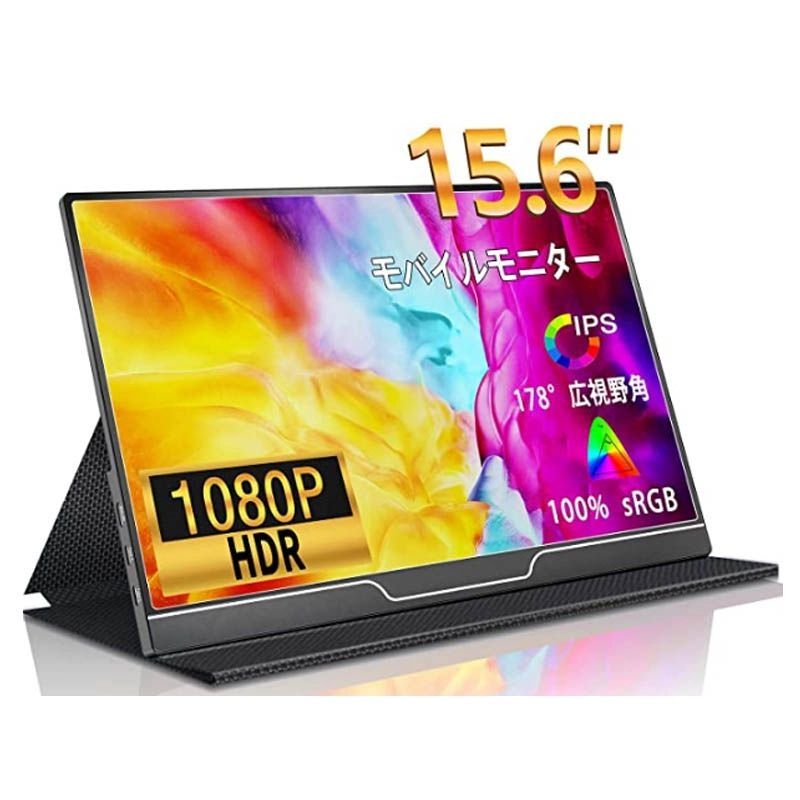
If you need trusty LCD screens for things like industrial automation or consumer gadgets, Miqidisplay is the place to go. Miqidisplay is a top provider of advanced display tech, offering TFTs, OLEDs, and custom support.
Their facilities are TS-16949, ISO-9001, and ISO-14001 certified for great quality. With over 20 years of know-how, they provide custom display solutions. These include custom backlights, interface changes (HDMI/SPI/VGA), touchscreen upgrades, and tough cases for harsh places.
Whether you need standard screens or full custom projects, Miqidisplay delivers worldwide. Over 90% of orders ship the same day, ensuring fast service.
FAQ
What does “Full HD” mean?
Full HD means a screen resolution of 1920 x 1080 pixels. It gives clear visuals for most modern media.
What’s better—144Hz at Full HD or slower refresh rate at QHD?
It depends on use. For fast games, higher refresh rates are key. For work or design, QHD gives better detail.
Can I use an HDMI TFT Display with Raspberry Pi?
Yes! Miqidisplay offers HDMI TFT Displays that work smoothly with Raspberry Pi for embedded systems.
What’s important when choosing an industrial LCD?
Look for tough features like IP ratings for dust/water (like IP67-rated coatings), sunlight readability for outdoor use, and secure connectors like M12 in Miqidisplay’s products.
Does Miqidisplay offer custom sizes?
Yes! They meet many needs with custom display solutions, like their 13.1 inch Stretched Bar Display with Resolution 1920×932, great for signage systems.
